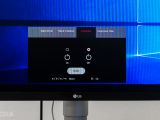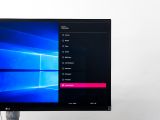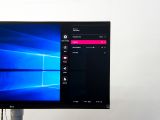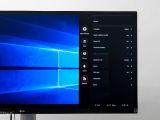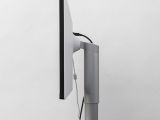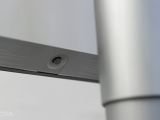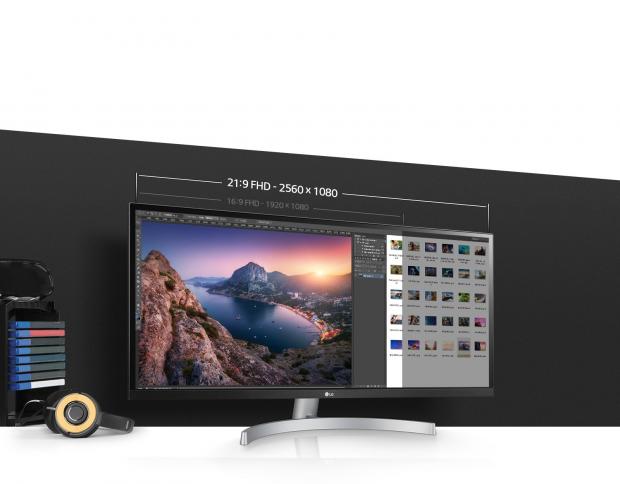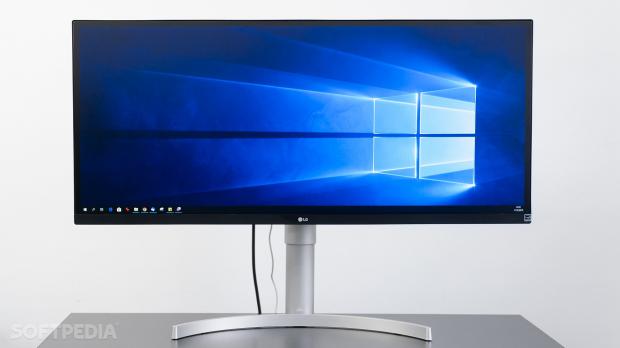The ultra-wide 34WK650 monitor from LG for gaming, with HDR and FreeSync, sounds too good to be true, but the truth is that it delivers exactly what’s promised.
Not so long ago, gaming monitors were more of a curiosity. People would buy a monitor and make sure that it had a low refresh rate, and maybe a good color balance. Then, display makers started to promise better brightness, improved contrast, and minimal response time.
The evolution of gaming display has been a slow one, but we’re now at a point where everyone is making them. It still matters what kind of technology is being used, and some are better than others, but for the most part, regular gamers won’t notice.
The natural advancement of displays is moving farther from just image quality, and people are beginning to track other features. Now that things like FreeSync from AMD and GSync from Nvidia are on the market, they are just another layer of options that are necessary, especially if you want a display for gaming.
And of course, the one constant that’s been improving over the years is the size of the display. The display became bigger and bigger but keeping the same with the ratio. Well, it turns out that we don’t really need to have the same ratio, and there are some advantaged of getting different sizes. And having an ultra-wide option is an option to be considered.
Design
I found that the LG 34WK650 display is probably one of the few ones that somehow manages to have a design duality that's both good and bad at the same time. It’s not difficult to see why a particular feature could exist in the same state, at the same time, and I'm referring to the back color.
The first impression is that it looks great, especially if you’re buying it from a website and you don't see it in person. A white monitor is not exactly typical, so people might be a little bit attracted to this particular aspect.
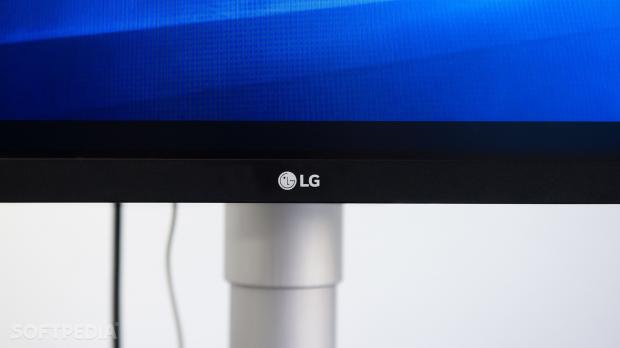
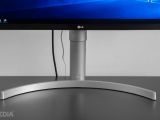

But as soon as you take it out of the box, you realize that you've made a mistake. First of all, the white doesn’t match anything in the office or at home, unless you work in a hospital. It stands out, but it might not matter all that much if you don’t care about this minor inconvenience.
The white color is also a magnet for any kind of spots. If the box it came in is just a little bit dirty from transport, and you touch the back when unpacking, you’re going to leave a mark that’s not going away. Cleaning white plastic is a chore.
After using it for a few days, you start to love how it looks. It’s stylish, and it no longer matters that it doesn’t fit with anything on the desk. What it seemed like a bad choice at first, it quickly turned into a good choice a week later.
The stand itself is not bad either, and it’s small enough not to be intrusive or to detract from the display itself. I also liked the way the stand connects to the back of the monitor, with a locking mechanism that doesn’t require screws.
Technical specs and usage
This is a 34-inch IPS Led display with a 21:9 aspect ratio and a 2560 x 1080 resolution (WFHD). For comparison, a regular FullHD display, with 1980 x 1080 resolution has an aspect ratio of 16:9. So what you’re basically getting is a lot of extra space, which can be extremely useful in a lot of situations.
But let’s be honest, with FreeSync and HDR 10, the LG 34WK650 is going to be used a lot for gaming, although there are some caveats. First of all, the FreeSync function is only going to be working properly with AMD hardware. Nvidia is trying to extend support for FreeSync on some displays, but they're still a long way out.
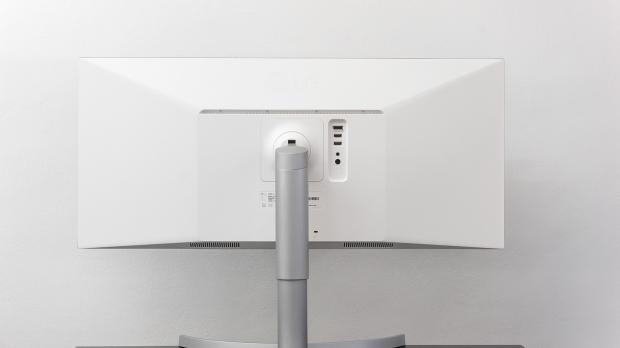
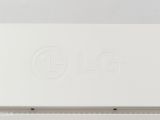
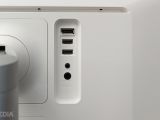
And then there is the HDR function, and most players would have noticed that it’s usually off in games, unless the user activates it. The reason is that HDR looks and feels great in games, but it completely distorts the colors and luminosity in Windows. HDR is only going to be usable in gaming.
We tested the LG display by using a Radeon RX Vega 64 video card so that we can take full advantage of FreeSync, and we used Assassin's Creed Odyssey for reference because it’s a game optimized for AMD.
In sprawling games like Assassin's Creed Odyssey (check out the review), the HDR comes into its own, and with FreeSync activated you’ll hardly notice any tearing. It might mean an investment for users to have these extra features, but it’s totally worth it.
We also looked at how the well the gradients work and how good is the color balance, and I have to say that it performed well above expectations. The gradients are smooth, for the most part, and the brightness is uniformly distributed.
Of course, people won’t be spending all their time in games. I used it for various office related tasks, and I have to say that as long as you don’t activate HDR, the display works without any problems.
In fact, it’s an almost certainty that once you’ve had a wide-screen display, it’s going to be difficult to go back to the regular 16: 9 aspect ratio. There’s so much real-estate on a 21:9 screen, especially a 34-inch one, that you can fit a lot of windows and still be left with space. I found that while using the LG 34WK650, I didn’t need the second monitor.
The Good
Besides all the technical stuff related to the hardware, I also have to mention the software that can be installed alongside it. For the most part, it comes with all the regular stuff, like managing brightness, contrast, and so on, but there is a very interesting feature called split screen.
With such a big surface area, being able to split the screen in two, three, or four areas is really productive. There is also a PiP option (picture in picture). Moreover, the new areas can be defined for specific installed apps, which is just the icing on the cake.
The Bad
People who like to organize their cables will have to settle with improvising something because there are no options for cable management. Secondly, the display can only be raised or tilted, but if you want to change the angle to the right or the left, you’ll have to move it manually, and it’s a heavy piece of hardware. Not to mention that it’s designed to stick to the desk.
Conclusion
Let’s face it. If gaming displays get any bigger than they are today, they are going to turn into gaming TVs. So why not increase the size sideways? The LG 34WK650 is a very good example of why it works, and if we add the HDR and the FreeSync into the mix, I really can’t find any reason why not to get one.
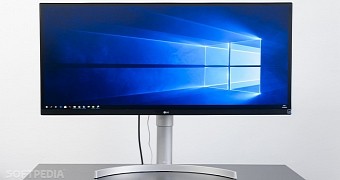
 14 DAY TRIAL //
14 DAY TRIAL // 
